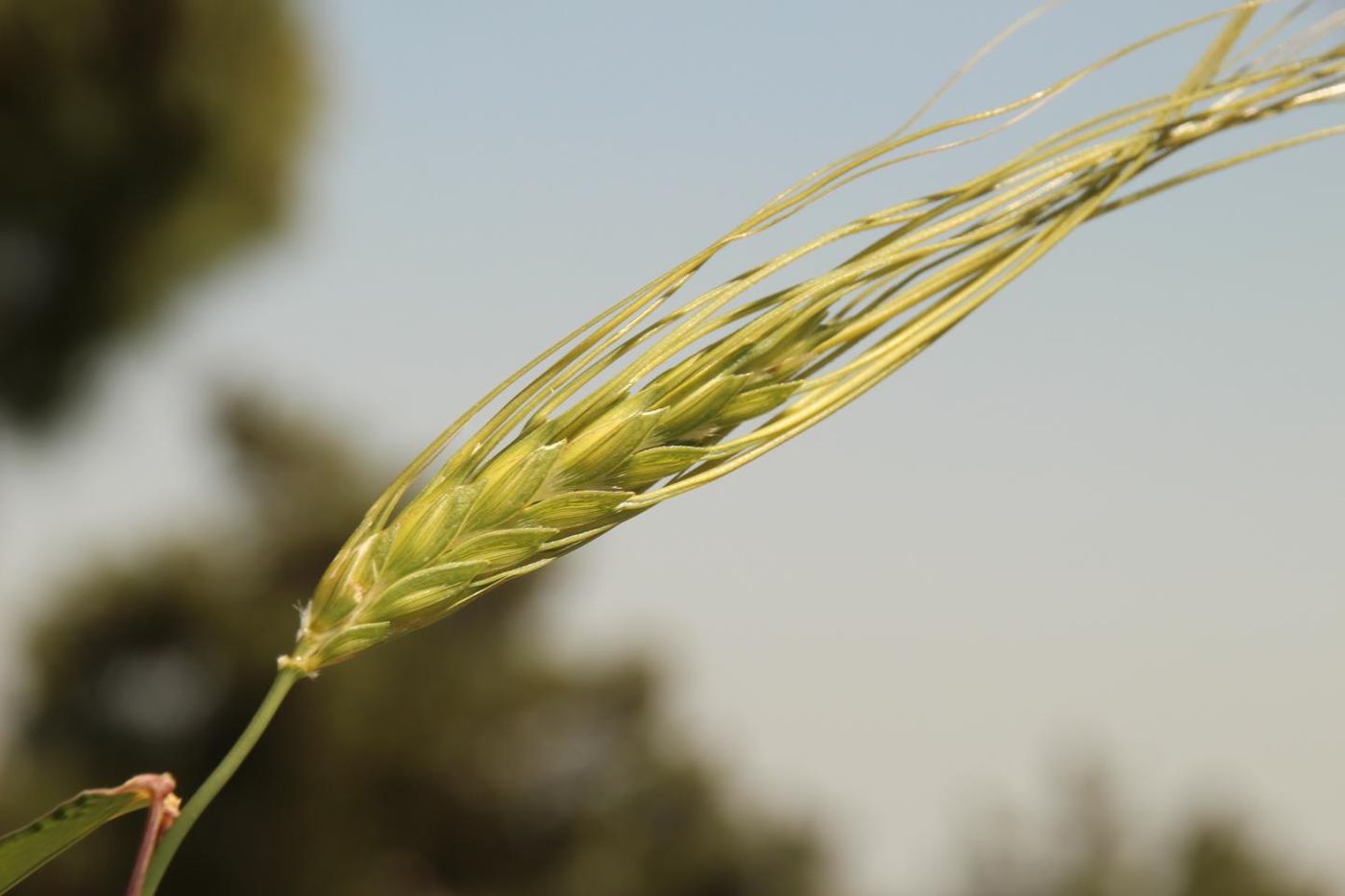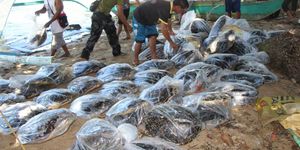Our food supply has changed a lot in the many years of human civilization. Like some animals, plants were domesticated and cultivated so they would provide the greatest good for the most people. Scientists have in recent years however, become concerned about the future of our food supply. We’ll have to feed a growing population on a planet that stays the same size, so output will have to be maximized. While there has been backlash to the genetic manipulation of food in a lab, there is no doubt that genetic modification has also been a useful tool that has helped to ensure the safety and stability of the food supply, and the genetic selection that happened over thousands of years of wheat agriculture is a great example.
New research has unveiled the genome of wild emmer wheat, an ancient strain that can help reveal the differences between wild wheat and modern wheat. Wheat is a critical crop for humans, providing an enormous amount of sustenance, and the genetic changes will illustrate how wheat went from just a plant to a major, indispensable source of food. This work was a collaborative effort by many institutions, led by Dr. Assaf Distelfeld of the School of Plant Sciences and Food Security and Institute for Cereal Crops Improvement at Tel Aviv University. The video above has more information on the work. The researchers had a lot to say about this important data, read more from them below.
"This research is a synergistic partnership among public and private entities," said Dr. Daniel Chamovitz, Dean of Tel Aviv University's George S. Wise Faculty of Life Sciences, who was involved in the project. "Ultimately, this research will have a significant impact on global food safety and security."
"Our ability to generate the Wild Emmer wheat genome sequence so rapidly is a huge step forward in genomic research," noted study collaborator Dr. Curtis Pozniak of the University of Saskatchewan. "Wheat accounts for almost 20% of the calories humans consume worldwide, so a strong focus on improving the yield and quality of wheat is essential for our future food supply."
"From a biological and historical viewpoint, we have created a 'time tunnel' we can use to examine wheat from before the origins of agriculture," explained Dr. Distelfeld. "Our comparison to modern wheat has enabled us to identify the genes involved in domestication - the transition from wheat grown in the wild to modern day varieties. While the seeds of wild wheat readily fall off the plant and scatter, a change in two genes meant that in domesticated wheat, the seeds remained attached to the stalk; it is this trait that enabled humans to harvest wheat."
"This new resource allowed us to identify a number of other genes controlling main traits that were selected by early humans during wheat domestication and that served as foundation for developing modern wheat cultivars," said Dr. Eduard Akhunov of Kansas State University. "These genes provide an invaluable resource for empowering future breeding efforts. Wild Emmer is known as a source of novel variation that can help to improve the nutritional quality of grain as well as tolerance to diseases and water-limiting conditions."
"New genomic tools are already being implemented to identify novel genes for wheat production improvement under changing environment," commented Dr. Zvi Peleg of the Hebrew University of Jerusalem, Israel. "While many modern wheat cultivars are susceptible to water stress, Wild Emmer has undergone a long evolutionary history under the drought-prone Mediterranean climate. Thus, utilization of the wild genes in wheat breeding programs promotes producing more yield for less water."
"The wheat genome is much more complex than most of the other crops and has a genome four times the size of a human genome." said Dr. Gil Ronen, NRGene's CEO. "Still, the computational technology we developed has allowed us to quickly assemble the very large and complex genome found in Wild Emmer's 14 chromosomes to a standard never achieved before in genomic studies."
The 14 chromosomes of Wild Emmer wheat have now been sequenced for the first time, and organized by technology that accounts for the connections between proteins and DNA. "It was originally tested in humans and recently demonstrated in barley, both of which have smaller genomes than Wild Emmer wheat," said Dr. Nils Stein, the Head of Genomics of Genetic Resources at Leibniz Institute of Plant Genetics and Crop Plant Research in Germany. "These innovative technologies have changed the game in assembling the large cereal genomes."
"This sequencing approach used for Wild Emmer wheat is unprecedented and has paved the way to sequence durum wheat (the domesticated form of Wild Emmer). Now we can better understand how humanity transformed this wild plant into a modern, high-yielding and high-quality crop," said Dr. Luigi Cattivelli, Head of the CREA Research Centre for Genomics and Bioinformatics (Italy) and coordinator of the International Durum Wheat Genome Sequencing Consortium. "This Wild Emmer wheat sequencing and approach is an invaluable contribution to the entire wheat community to improve and better understand nutritional mechanisms," said Dr. Hikmet Budak, Montana Plant Science Endowed Chair at Montana State University.
"We now have the tools to study crops directly and to make and apply our discoveries more efficiently than ever before," concluded Dr. Distelfeld.
Sources: AAAS/Eurekalert! via NRGene










